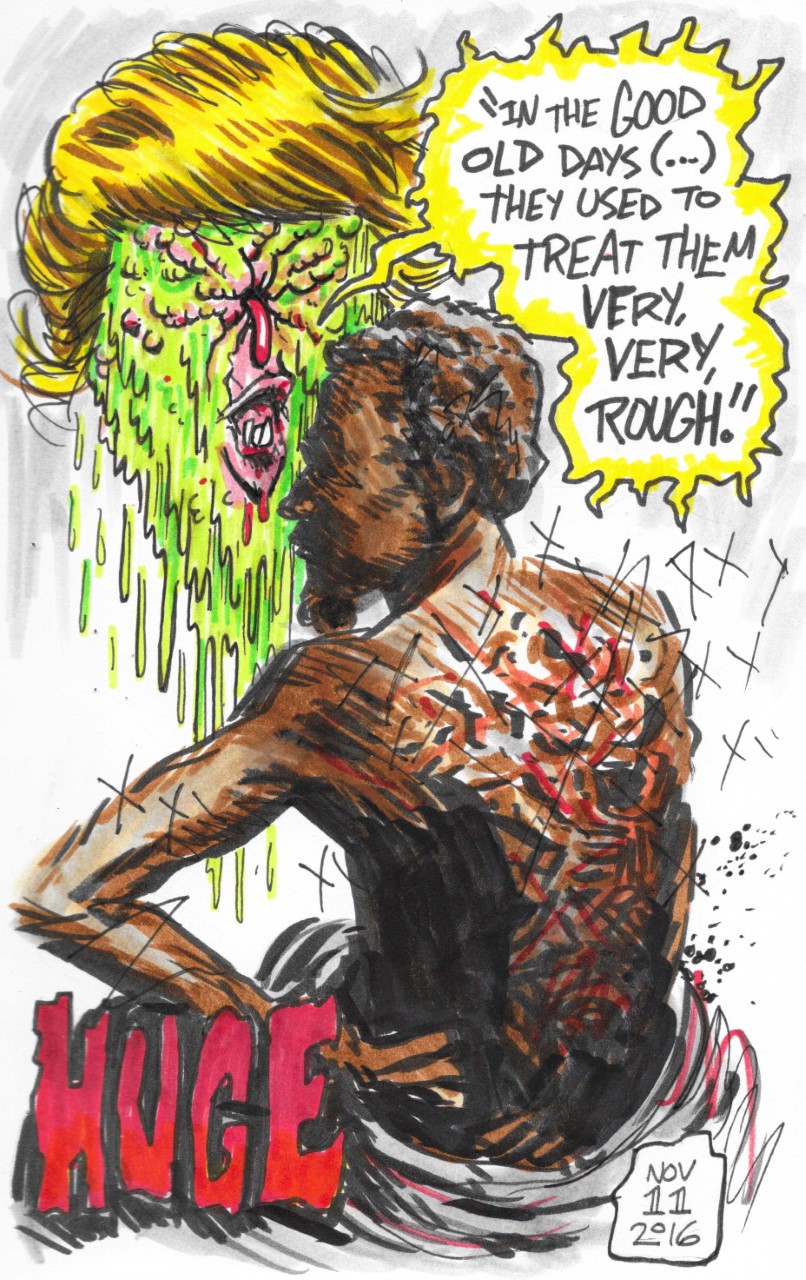 Bob Levin
Bob Levin
The Great Exaggeration
The other night I read my obituary.[1]
Me Two Cents
One evening in the summer of 1960, while waiting on a rocker-sofa on the porch of a friend’s home to give him a ride to a party, his step-father sat down beside me – and grabbed my cock.
Game Theory
Berlin 1936: Sixteen Days in August, by Oliver Hilmer (Other Press. 2018. Trans. from the German by Jefferson Chase) begins on the first day of that summer’s Olympics and ends on their closing. But the Olympics were a smokescreen, a puppet show, a diversion of less significance than the fireworks which concluded Joseph Goebbels $800,000 last-night party, bloodying the sky red.
Jimmy Stewart Meets H.P. Lovecraft
This Nunes memo set me thinking.
With Reservation
Wild River, recently available on pay-per-view, centers around the gang rape-murder of a young Native American woman on a Wyoming reservation.
Fox and Foes
Imagine that you are writing a book which opens with your central character, “a powerful, 6’2″, finely dressed man of proud stature and handsome face,” leaping “like a lion” from a bus to save a woman from two knife-wielding thugs. Imagine that, within the next page, you have further described your protagonist as “a musician, and artist… quick in mind and step… (with) an unusual grace of movement… magnetic charm,” and a “creamy” skinned Afro-American, bearing a “noteworthy resemblance” to Clark Gable.
Imagine that your book is a first-person narrative, whose central character is describing himself.
Every Picture Tells a Story
In the summer of 1970, at about the time of the release of her novel Play It As It Lays, Joan Didion spent a month driving through the Gulf Coast states with her husband John Gregory Donne hoping to discover a magazine piece to write.
The Murderers and the Nun
I had problems with The Keepers.
That’s the recent seven-part Netflix documentary about the unsolved murder of Cathy Cesnick, a Baltimore nun, who disappeared in November 1969 and whose partly decomposed body was found two months later in a patch of scrub woods.
The Hammer and the Paint Brush
I had read Denis Johnson’s Jesus’ Son when it came out in paperback, 1993. I had read Tree of Smoke, which won a Nat’l Book Award in 2007. That, I didn’t like so much, but after Johnson died, in May, I decided to read the earlier one again. If you can recommend another book of Johnson’s to someone who didn’t like Smoke but did like Jesus, I am buying.
Adventures in Marketing: Week 45
Since I began self-publishing, my primary marketing effort, which doubles, in my mind as a public art performance, consists of sitting in a café each morning with my wares beside a sign, personally drawn and lettered by S. Clay Wilson of the Checkered Demon commanding “Buy Bob’s Books!”
The Falcon and the Pardon-Seeker
Maybe it is a good time to revisit the story of Christopher Boyce. Certainly Open Road Media, which just re-issued an E-book of Robert Lindsey’s The Falcon and the Snowman (1979), thinks so. I had not read the original, but I’d seen the movie — Timothy Hutton as Boyce (The Falcon) and Sean Penn as Daulton Lee (The Snowman). Now, having mastered Adele’s Kindle, I’m down with ORM’s decision.
Two Joes and a Jill
On December 12, 1942, The New Yorker published a 7000-word profile, entitled “Professor Seagull,” by Joseph Mitchell. The subject was Joe Gould, a 53-year-old Greenwich Village eccentric, who was said to be writing an “Oral History of Our Times,” consisting of a record of conversations he had overheard over the last decades and essays related to these conversations. It was, Gould claimed, several times the length of the Bible and, most likely, the longest book ever written.
The Message
Some months ago, the way others take up double-crossticks, I decided to figure out who killed Kennedy. My approach was to take the arguments in two books which believed his murder resulted from a vast, insidious conspiracy and compare them with the arguments in two books which believed a solitary madman responsible.
